The Patterns You're Seeing?
They're Actually Fascinating.
When you understand the 'why' behind behaviors you're seeing, you can create environments that support your child's brain exactly as it was designed.
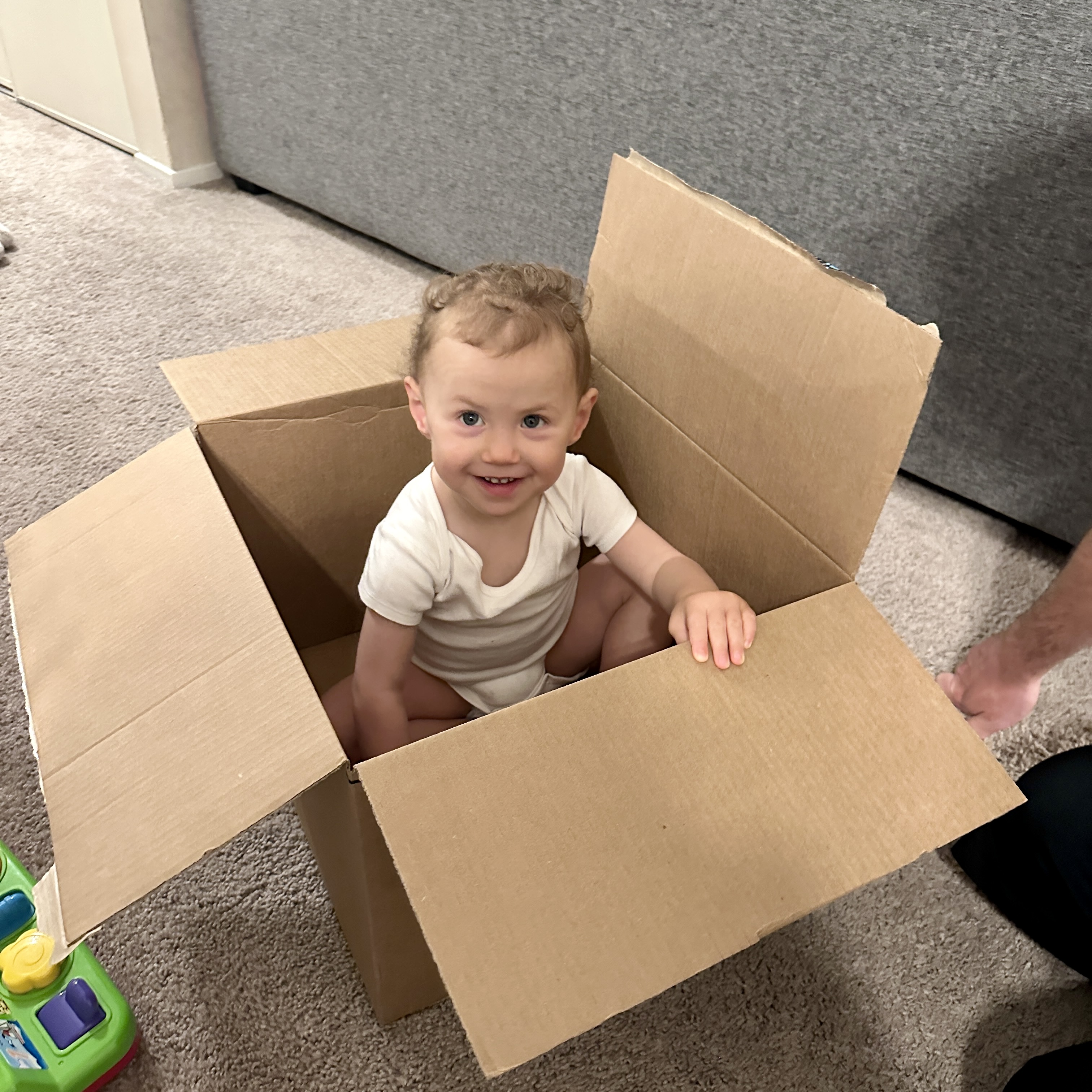
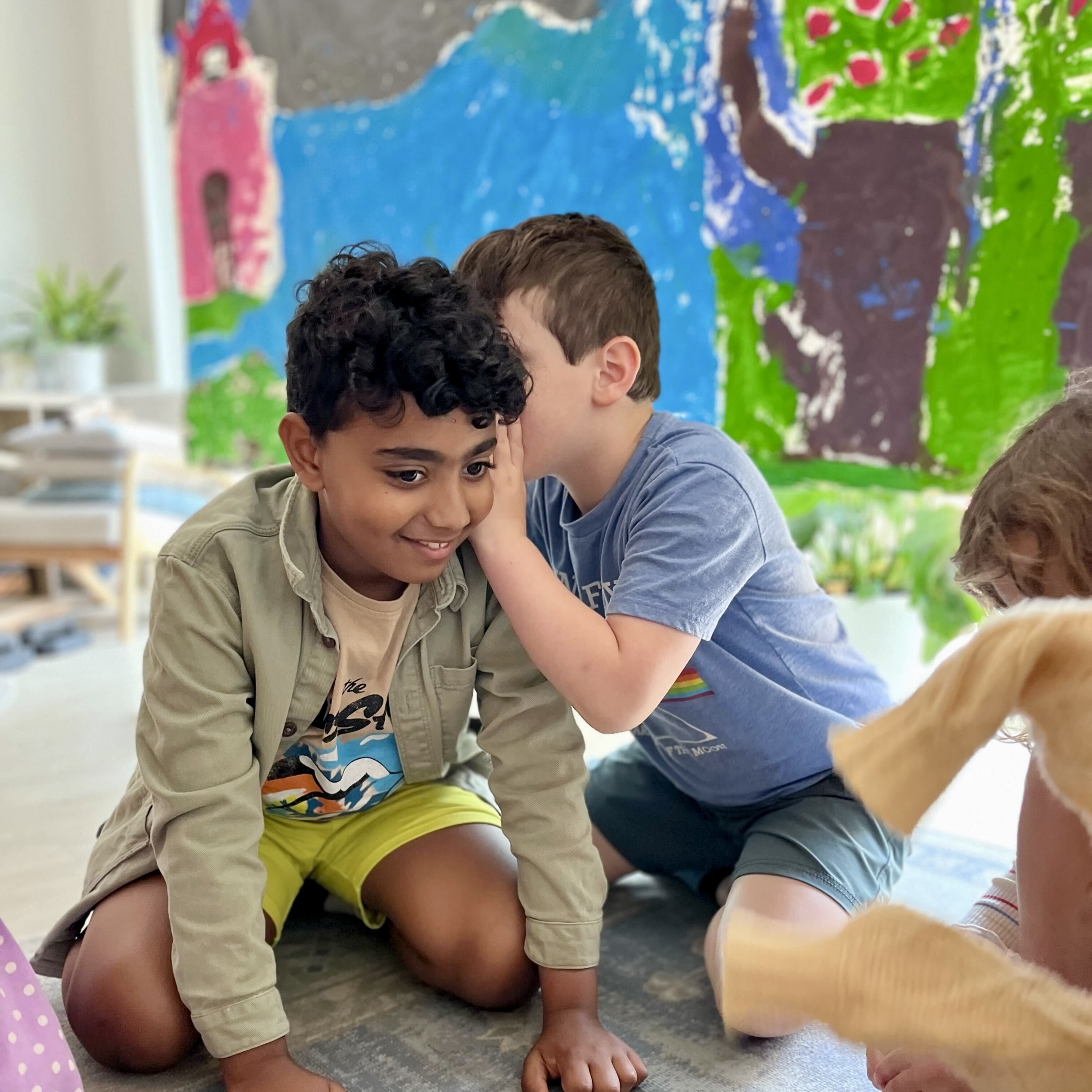


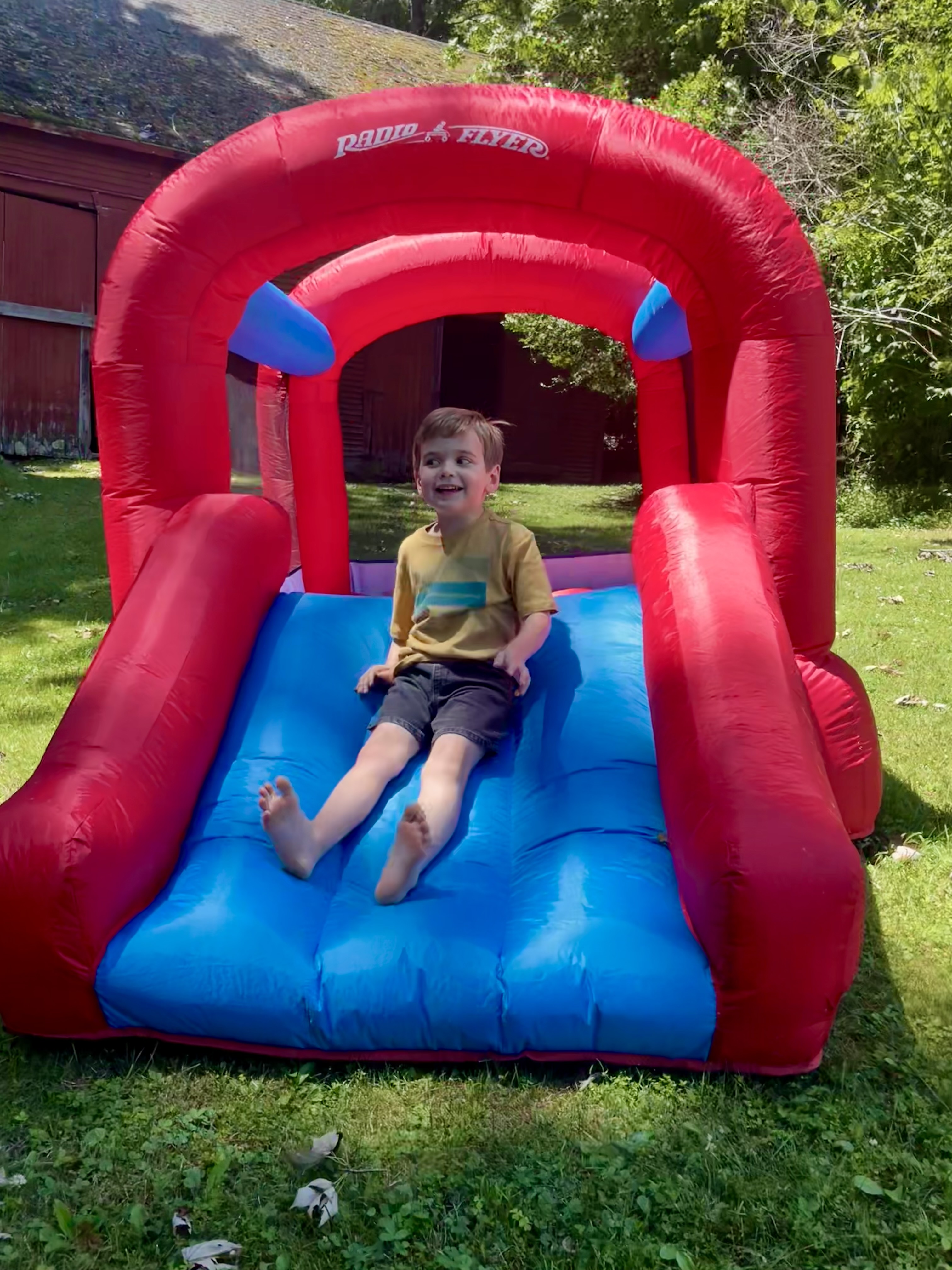

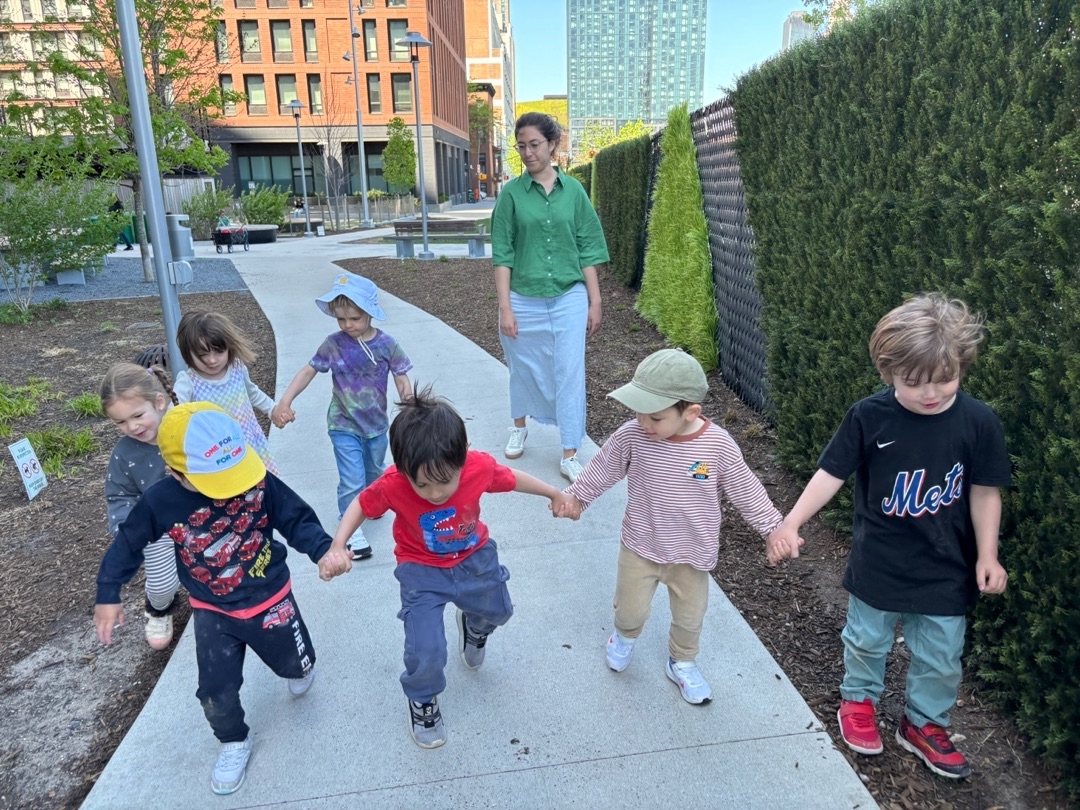
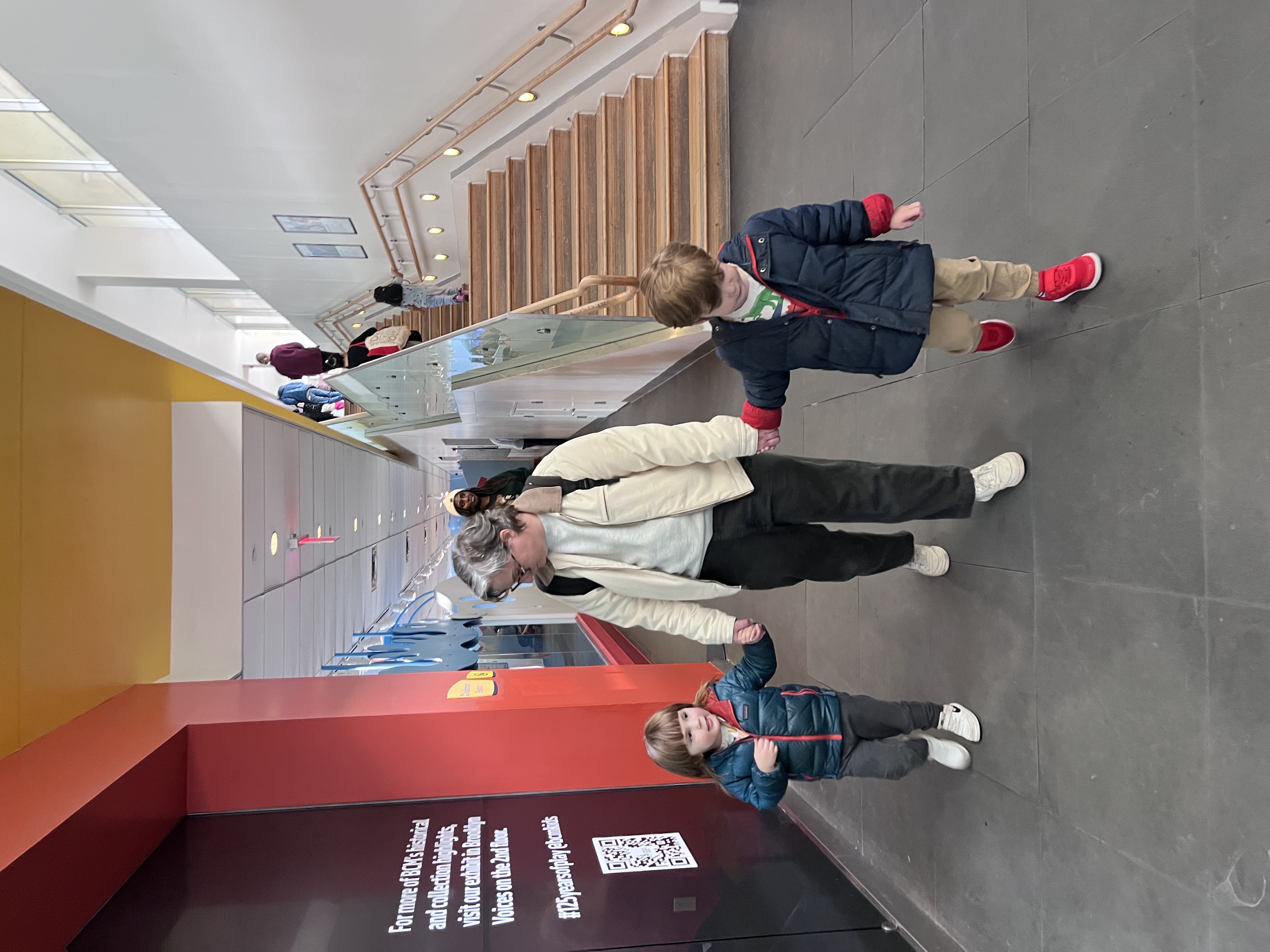
What We Do
Brain Science,
Simplified
We connect neuroscience to daily life so you can understand your child's sensory processing, movement needs, and emotional regulation from the inside out.
Strength-Based
Perspective
Your child’s differences are design features, not flaws. Whether they're neurodivergent or not - we show you how to support and celebrate them.
Practical
Tools
Actionable strategies for home, school, and community—designed for busy parents navigating real life.
Notice Patterns.
Understand Their Brain.
Support Their Design.
Short explainers that clarify behavior, emotion, and learning.
Observation guides that turn “I’ve noticed…” into insights.
Ready to use tools for daily life - sensory supports, environment tweaks, and step-by-step templates.
One-time purchase, lifetime access

Making Everyday Moments
Make More Sense
"Why does my kid need to move so much to focus?"
Movement isn't a distraction—it's fuel for focus. Their vestibular system might be asking for exactly what their brain needs to stay regulated and engaged.
"Why the meltdowns when nothing seems wrong?"
That sensitivity isn’t drama—it's a nervous system under pressure. Their brain is processing way more sensory information than you might realize.
"Why fine at school but fall apart at home?"
That's trust. Home is their safe space to release all the regulation work they've been doing. It means they feel secure enough with you to let go.
Get brain and body insights
in your inbox
Explore the 5 Domains
Our approach looks at five interconnected systems—sensory processing, emotional regulation, executive function, motor planning, and communication. When you see how they work together, patterns start making sense.
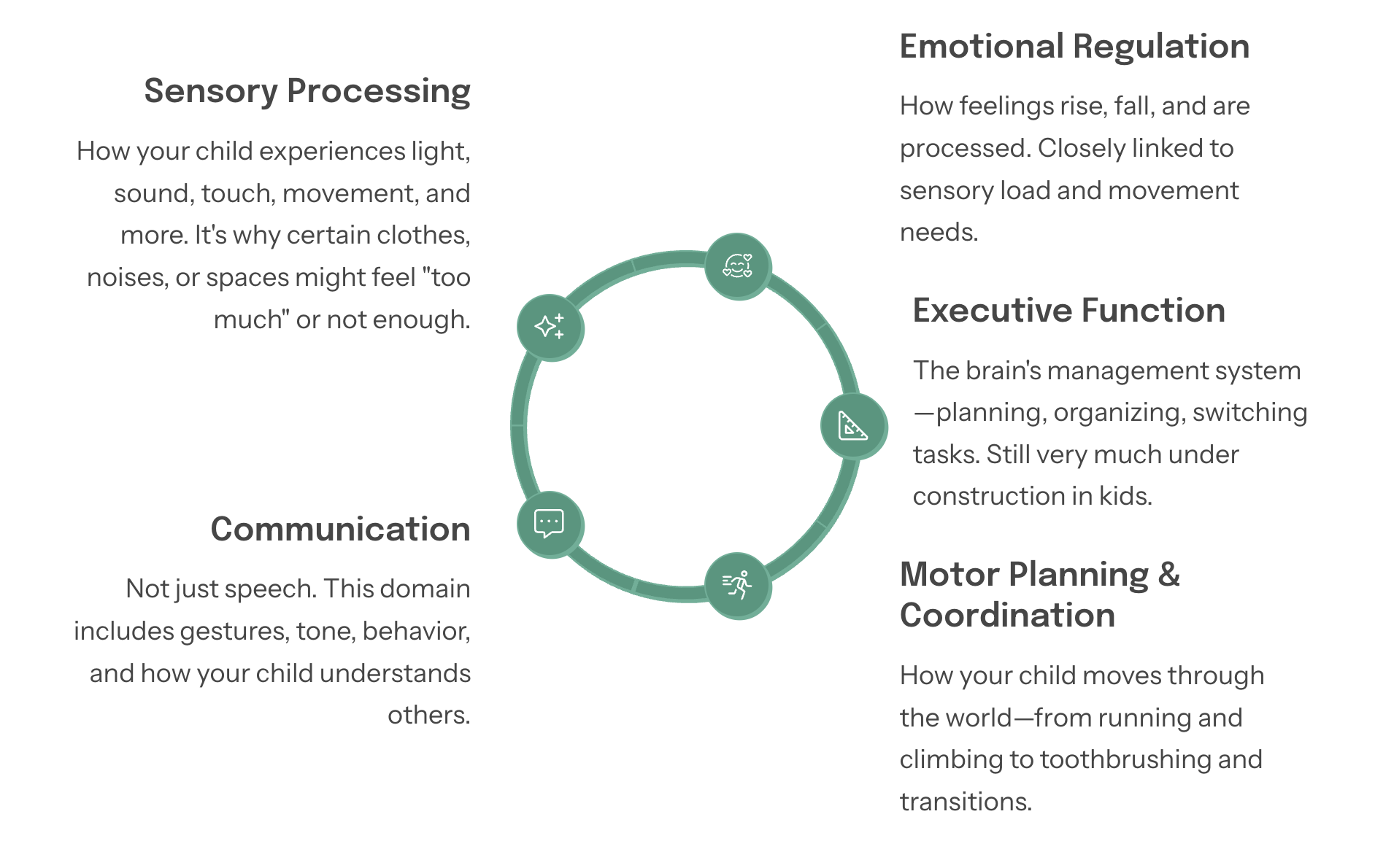
In Partnership
We're here to help you understand your child's amazing brain and body system through an educational lens. While we translate neuroscience research and share practical frameworks, we're not providing medical or clinical advice. Think of us as your curious guide to making sense of patterns—always alongside, never instead of, professional support when needed.
